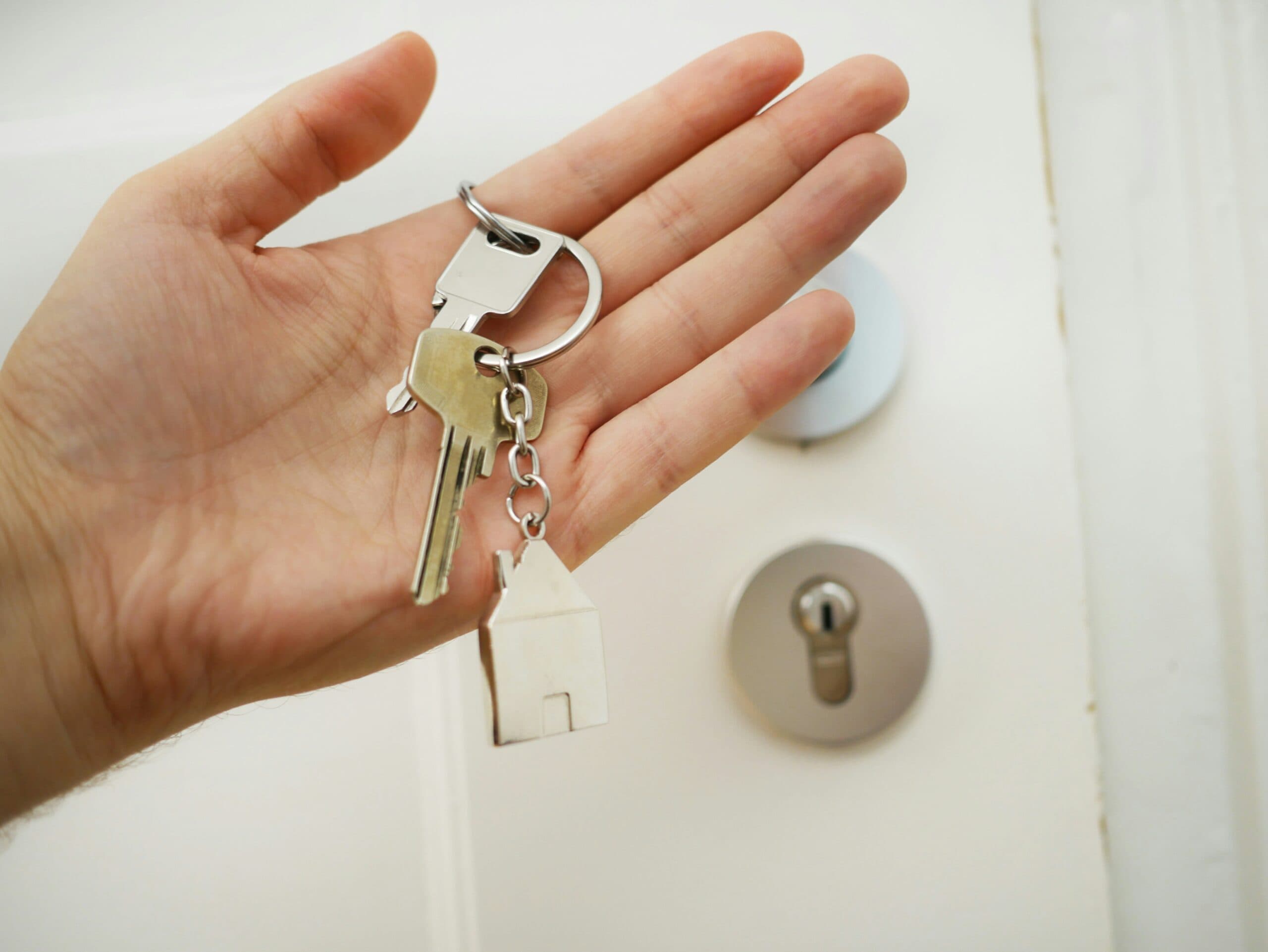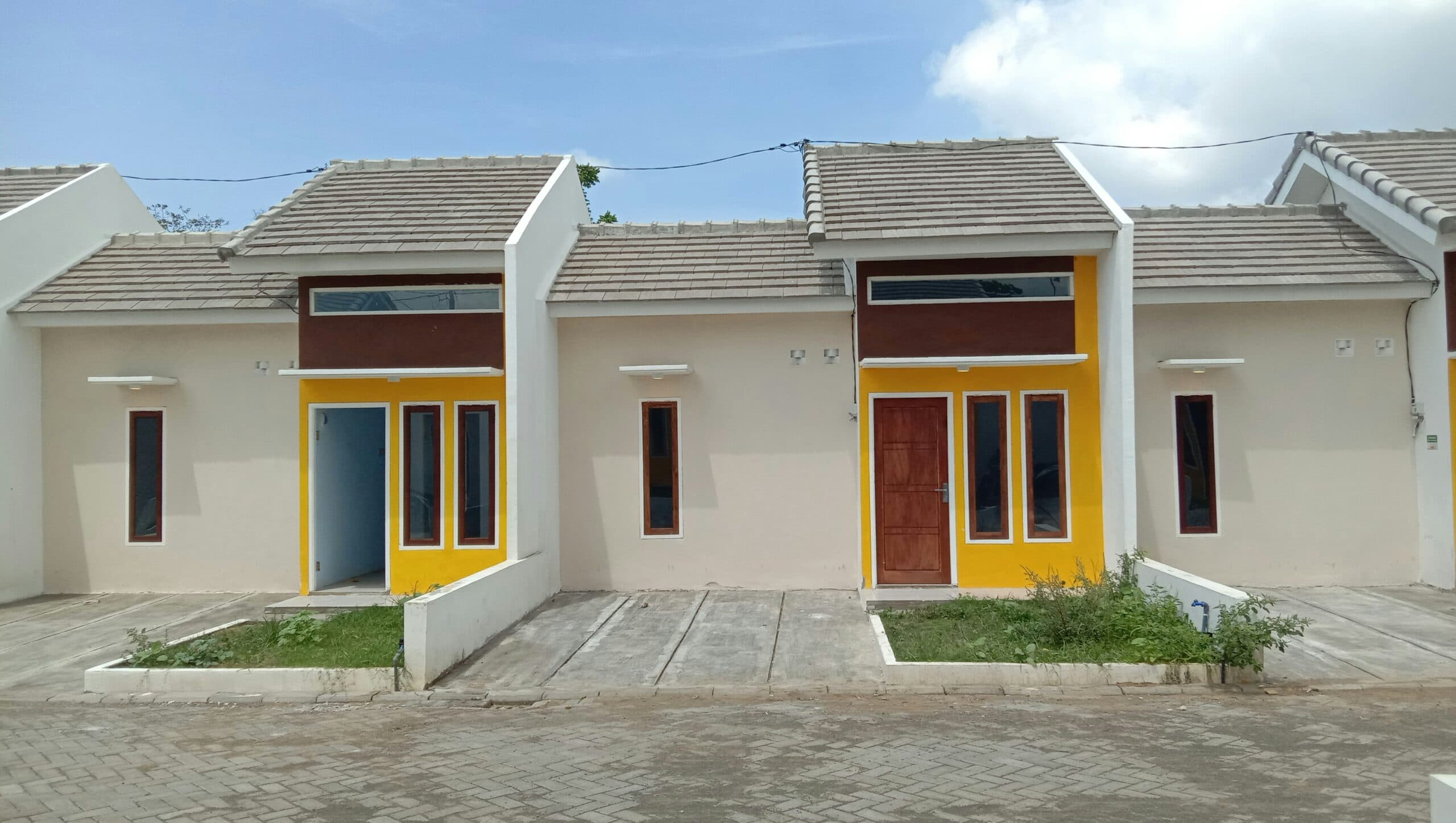
SEPTEMBER 15, 2025
How to Apply for a Mortgage Loan for First-Time Homebuyers
Buying your first home is an exciting milestone, but navigating the mortgage application process can feel overwhelming. Understanding how to apply for a mortgage loan, from preparing your finances to closing on your dream home, will help you feel confident, avoid common mistakes, and secure the best possible terms.
This guide breaks down each step of the process in detail, including required documents, loan types, and insider tips to make the journey smoother.
Step 1: Check and Strengthen Your Credit Score
Your credit score is one of the most important factors lenders consider when approving your mortgage application.
-
Minimum scores required: Conventional loans usually require at least a 620 credit score, FHA loans may accept as low as 580, while VA loans typically have more flexible requirements.
-
Why it matters: A higher credit score translates into lower interest rates, saving you thousands over the life of your loan.
-
How to improve: Pay down credit card balances, avoid new debt, and review your credit report for errors.
Step 2: Assess Your Financial Readiness
Before applying, evaluate your budget and determine what you can realistically afford. Lenders use the debt-to-income (DTI) ratio to measure your ability to repay.
-
Front-end ratio: Housing costs (mortgage, taxes, insurance) should be under 28% of gross income.
-
Back-end ratio: Total monthly debts should not exceed 36–43% of gross income, depending on the loan program.
-
Savings goal: Aim for at least 3–20% down payment, plus 2–5% of the purchase price for closing costs.
Step 3: Gather Your Documentation
Lenders need proof of your financial stability. Collect these documents before starting your application:
-
Two years of tax returns
-
W-2 forms or recent pay stubs
-
Bank statements for the past 2–3 months
-
Identification (driver’s license, Social Security number)
-
Employment verification
-
Records of assets (retirement accounts, investments)
Having these ready will speed up the approval process.
Step 4: Research Mortgage Loan Options
Not all mortgage loans are the same, and choosing the right type can save you money.
-
Conventional Loan: Best for buyers with strong credit and stable income. Requires at least 3–5% down.
-
FHA Loan: Backed by the Federal Housing Administration, designed for lower credit scores or smaller down payments.
-
VA Loan: Available to veterans and active-duty military, with no down payment required.
-
USDA Loan: For rural and suburban homebuyers, offering 0% down if you meet income and location requirements.
Step 5: Get Pre-Approved
A pre-approval letter shows sellers you’re a serious buyer and gives you a realistic budget. Lenders will pull your credit, review documents, and give you a conditional loan amount.
-
Tip: Apply with at least two to three lenders to compare interest rates and terms.
-
Common mistake: Confusing pre-qualification (a quick estimate) with pre-approval (a formal review). Always aim for pre-approval.
Step 6: Shop for the Best Mortgage Rates
Even a small difference in interest rates can mean thousands saved. Compare offers on:
-
Interest rates (fixed vs. adjustable)
-
Annual Percentage Rate (APR), which includes fees
-
Loan terms (15-year, 20-year, 30-year)
-
Points (fees paid upfront to lower the rate)
Step 7: Submit Your Mortgage Application
Once you’ve chosen a lender, you’ll complete the official application (usually online). Be prepared to provide additional documents if requested.
-
Timeline: Most mortgage approvals take 30–45 days.
-
Tip: Avoid making major financial changes (like new credit cards, car loans, or job changes) during this period, it can affect approval.
Step 8: Loan Processing and Underwriting
During underwriting, the lender verifies your finances, property value, and eligibility. The appraiser will assess the home’s value to ensure it matches the loan amount.
-
Conditional approval: You may need to clarify or provide additional information.
-
Final approval: Once the underwriter signs off, you’re clear to close.
Step 9: Closing on Your Home
At closing, you’ll review and sign the final paperwork, pay closing costs, and officially become a homeowner.
-
Closing costs: Typically range from 2–5% of the loan amount.
-
Bring to closing: ID, proof of insurance, cashier’s check or wire transfer, and patience (it can take a few hours!).
Common Mistakes to Avoid
-
Not checking your credit early — surprises on your report can delay approval.
-
Skipping pre-approval — this weakens your negotiating power.
-
Overextending your budget — buy within your means, not at the top of your approval range.
-
Changing jobs or making large purchases during underwriting — this raises red flags.
Final Thoughts
Applying for a mortgage loan doesn’t have to be stressful. By following these steps, from boosting your credit to closing day, you’ll position yourself for success and make the process much smoother. With the right preparation, you’ll not only secure financing but also gain confidence as a first-time homebuyer and no longer wonder how to apply for a mortgage loan.
Recent Posts

Refinancing Your Home Loan: Lower Payments or Shorter Term?
DECEMBER 4, 2025

Conventional Loan Requirements Every California Buyer Should Know
NOVEMBER 5, 2025

How to Qualify for FHA Loans in California
OCTOBER 30, 2025

Bridge Loans Explained: Buying Before Selling in California
OCTOBER 25, 2025

How to Finance a Duplex or Multi-Unit Property in California
OCTOBER 20, 2025

How to Refinance with a VA Loan: Understanding Your Options
SEPTEMBER 16, 2025
